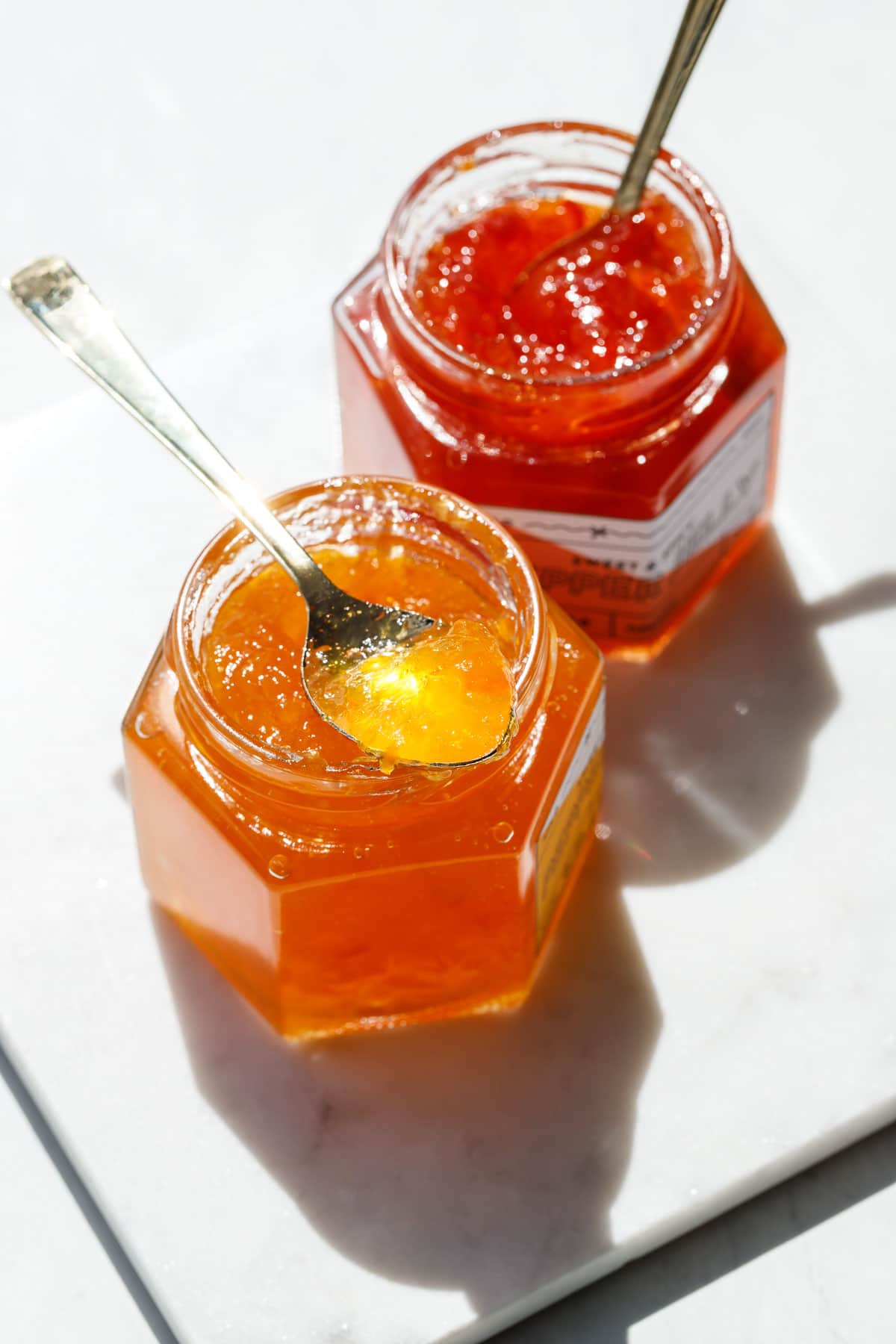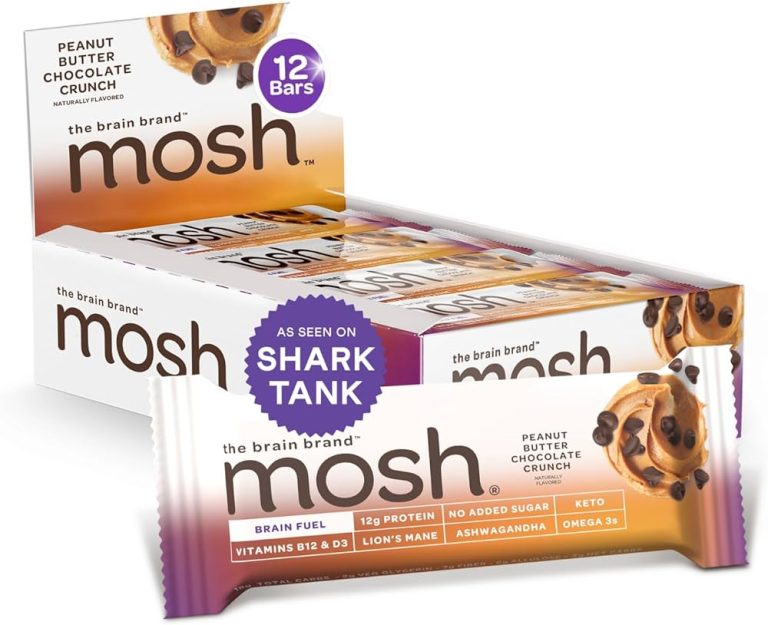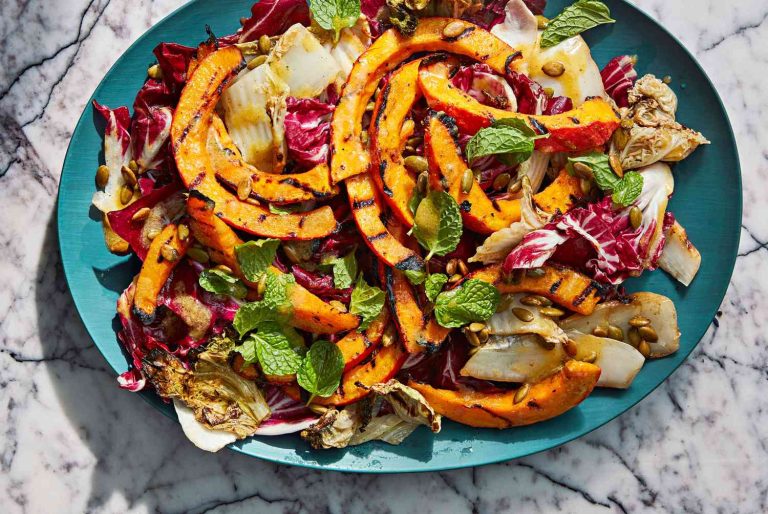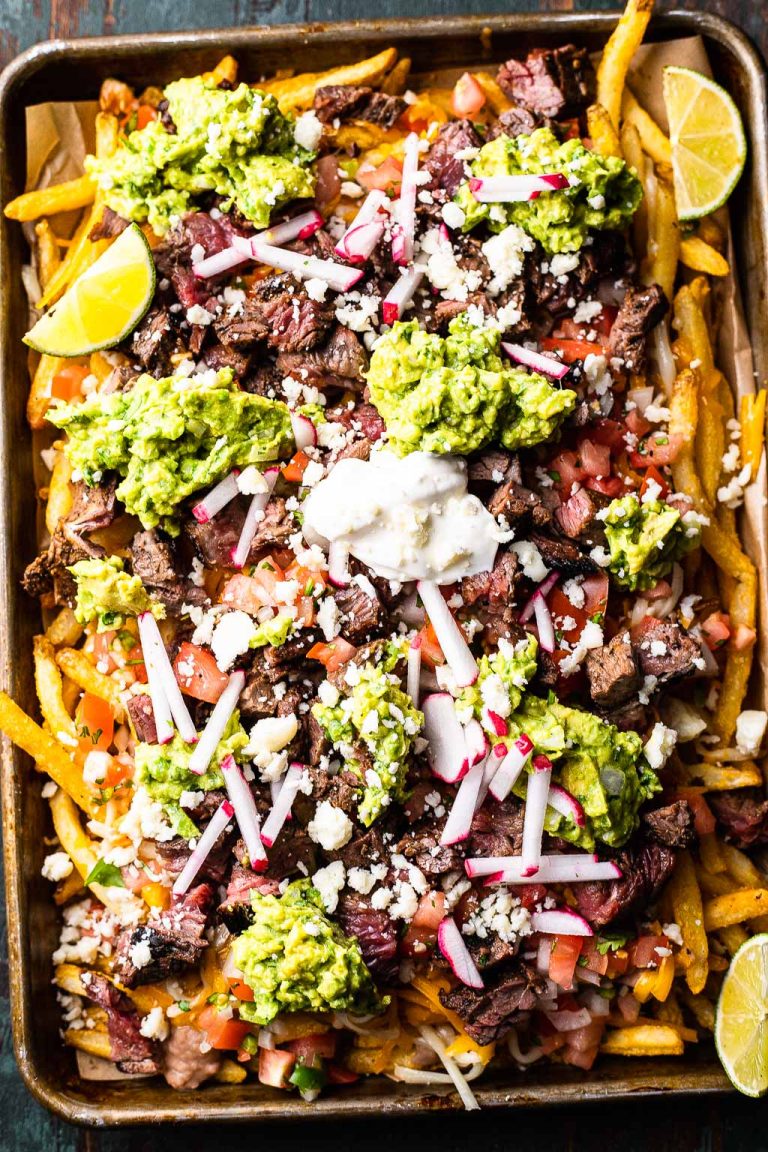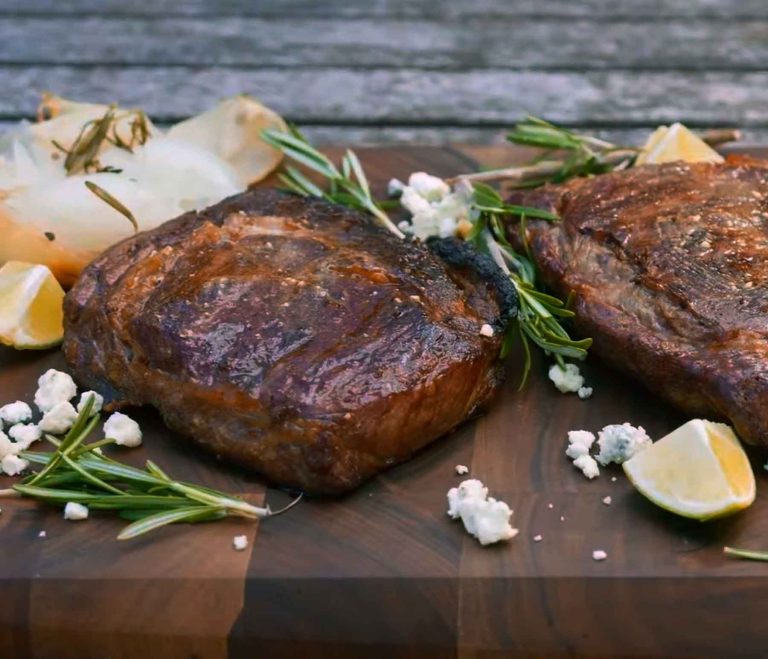Pepper Jelly: Origins, Flavors, Uses, and How to Make Your Own
Pepper jelly has roots in the Southern United States. Its sweet and spicy blend has made it a staple in many Southern kitchens. Traditionally, families made pepper jelly using local peppers and shared it during communal gatherings. It’s now enjoyed globally, resonating with those who appreciate diverse flavors in their culinary experiences.
Common Ingredients and Varieties
Pepper jelly typically includes sugar, vinegar, and pectin. Bell peppers, jalapeños, and habaneros are common, with each pepper offering varying heat levels. You can find several varieties, such as those with added fruits like mango or pineapple, adding even more layers to the flavor profile.
Culinary Uses of Pepper Jelly
Pairing with Cheese and Crackers
Pepper jelly pairs well with cheese and crackers, adding a sweet and spicy element. For a classic combination, spread pepper jelly on a cracker topped with cream cheese. Use Brie or Gouda for a more sophisticated flavor pairing. This combination can serve as an impressive appetizer for social gatherings. Pepper jelly provides a vibrant contrast to the creamy texture of cheeses while enhancing the flavor of any type of cracker.
Innovative Recipes for Appetizers and Main Courses
Pepper jelly suits various innovative recipes, making it a versatile ingredient in your kitchen. Glaze grilled chicken or pork with pepper jelly to add a spicy sweetness. For a unique twist, use pepper jelly in a marinade for shrimp or tofu. It can also be incorporated into vegetable stir-fries, providing a kick to the dish. For appetizers, consider baking pepper jelly into phyllo cups filled with goat cheese, creating a savory and sweet starter.
Health Benefits and Nutritional Insights
Key Nutrients in Pepper Jelly
Pepper jelly offers a mix of essential nutrients based on its ingredients. It typically contains vitamins A and C from peppers, providing antioxidant properties. Sugar used in pepper jelly contributes to calorie intake; one tablespoon of pepper jelly usually has about 50 calories. Some variants include fruits like pineapple, adding vitamins B6 and folate.
Summary of Nutrients:
- Vitamins A and C: Present in peppers and fruits, aiding immune function and skin health.
- Calories: Around 50 per tablespoon, majorly from sugar.
- Minerals: Trace amounts of iron and potassium, depending on the type of peppers and fruits used.
Health Considerations and Dietary Restrictions
Pepper jelly can be enjoyed by many, but certain considerations apply, especially for those with dietary restrictions. People with diabetes should monitor intake due to high sugar content. Likewise, those with pepper allergies must avoid pepper jelly made from allergenic varieties. Gluten-free versions are available, ensuring inclusivity for individuals with celiac disease or gluten intolerance.
For a healthier version, consider options using natural sweeteners like honey or agave syrup. Some brands offer low-sugar or sugar-free pepper jelly, providing alternatives for calorie-conscious consumers.
Making Your Own Pepper Jelly at Home
Essential Equipment and Ingredients
Creating pepper jelly at home requires some basic tools and specific ingredients to ensure a smooth process. You’ll need a large pot for boiling, a canning funnel, jars with lids, a ladle, and a pair of kitchen tongs. A thermometer is beneficial for monitoring the jelly’s temperature. For ingredients, prepare 4 cups of chopped peppers (e.g., bell peppers and jalapeños), 1 cup of white vinegar, 5 cups of granulated sugar, and 1 packet of pectin. Optional additions include fruits like mango or pineapple to enhance flavor.
- Prepare Peppers: Finely chop the peppers, removing seeds if you prefer a milder jelly.
- Combine Main Ingredients: Mix peppers, vinegar, and sugar in a pot. Stir the mixture and bring it to a boil, then reduce heat and simmer for 10 minutes.
- Add Pectin: Gradually stir in the pectin, ensuring there are no lumps. Boil for another minute, stirring continuously.
- Check Temperature: Use a thermometer to ensure the mixture reaches 220°F, necessary for the jelly to set properly.
- Fill Jars: Use the ladle to pour the hot mixture into sterilized jars. Leave 1/4 inch at the top.
- Seal and Process Jars: Apply lids to jars and use tongs to place jars in a boiling water bath for 10 minutes. Remove jars and let them cool.
- Store and Enjoy: Once cooled, the jelly can be stored in a cool, dark place for up to a year.
By following these steps, you can enjoy your own homemade pepper jelly, perfect for a variety of culinary uses and occasions.
Shopping for Pepper Jelly
Tips for Choosing the Best Pepper Jelly
Look for labels with minimal preservatives and artificial additives. Opt for jars that list natural ingredients, such as peppers, vinegar, and sugar. Check the consistency to ensure it’s not too runny or overly thick. Evaluate the color; vibrant colors often indicate fresh ingredients. Taste a sample if possible, as flavor profiles vary widely. Compare different brands to find the right balance of sweetness and heat. Consider the heat level, ranging from mild to extra hot, based on your preference.
Where to Buy Gourmet or Artisan Pepper Jelly
Explore local farmers’ markets, where you can find homemade options crafted by small-scale producers. Visit specialty food stores that often stock gourmet products not available in regular supermarkets. Check online retailers offering a variety of artisan pepper jellies, with detailed descriptions and customer reviews. Browse gourmet food websites like Williams-Sonoma or local small-batch producers’ sites for unique flavors and limited editions. Visit food festivals, which frequently feature vendors selling high-quality pepper jelly.
Conclusion
Pepper jelly offers a unique blend of flavors that can elevate any dish. Whether you’re a seasoned cook or a culinary novice, making your own pepper jelly at home can be a rewarding experience. When shopping, prioritize options with natural ingredients and explore local markets or specialty stores for high-quality selections. Embrace the versatility of pepper jelly in your kitchen and enjoy its delightful taste and health benefits.
